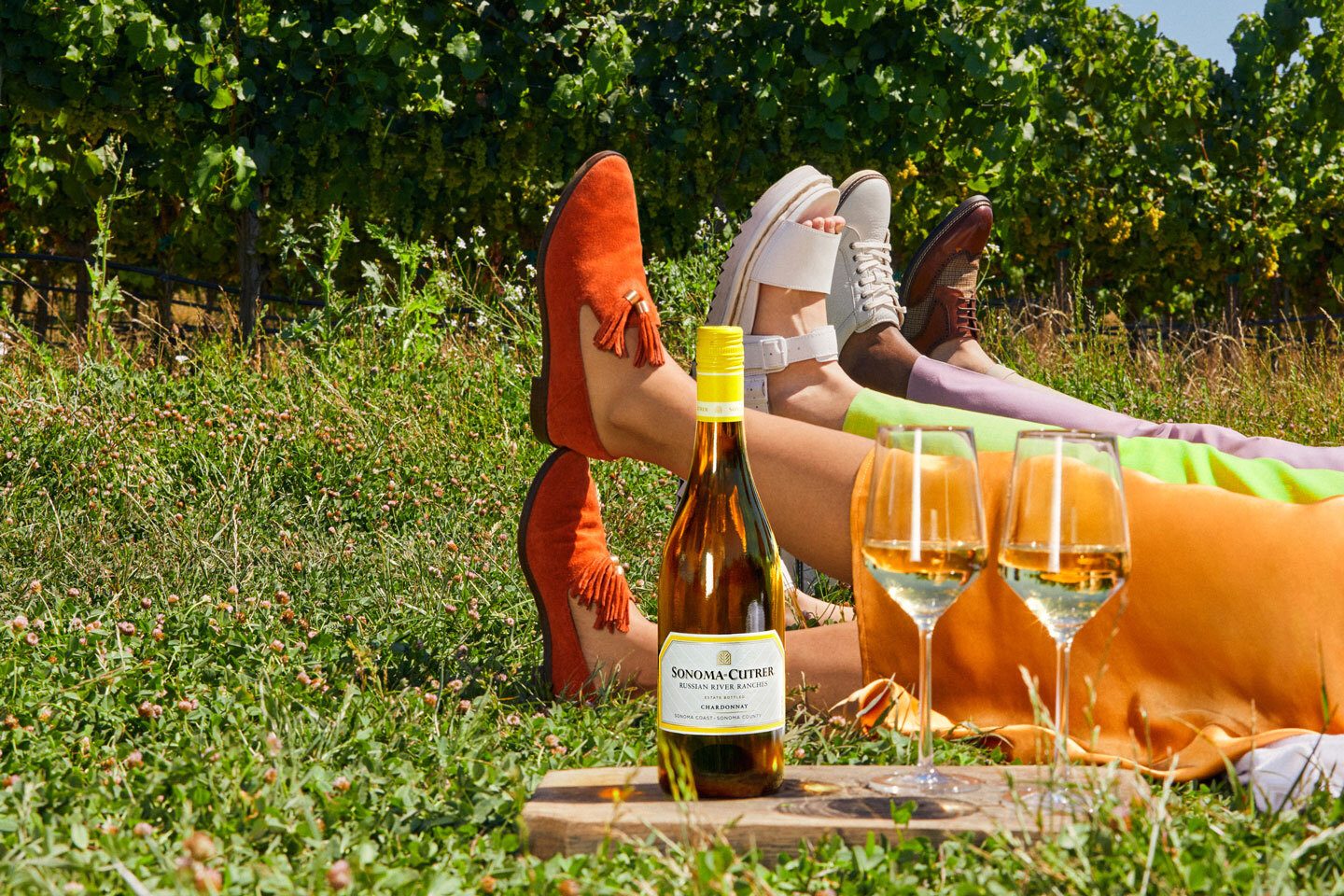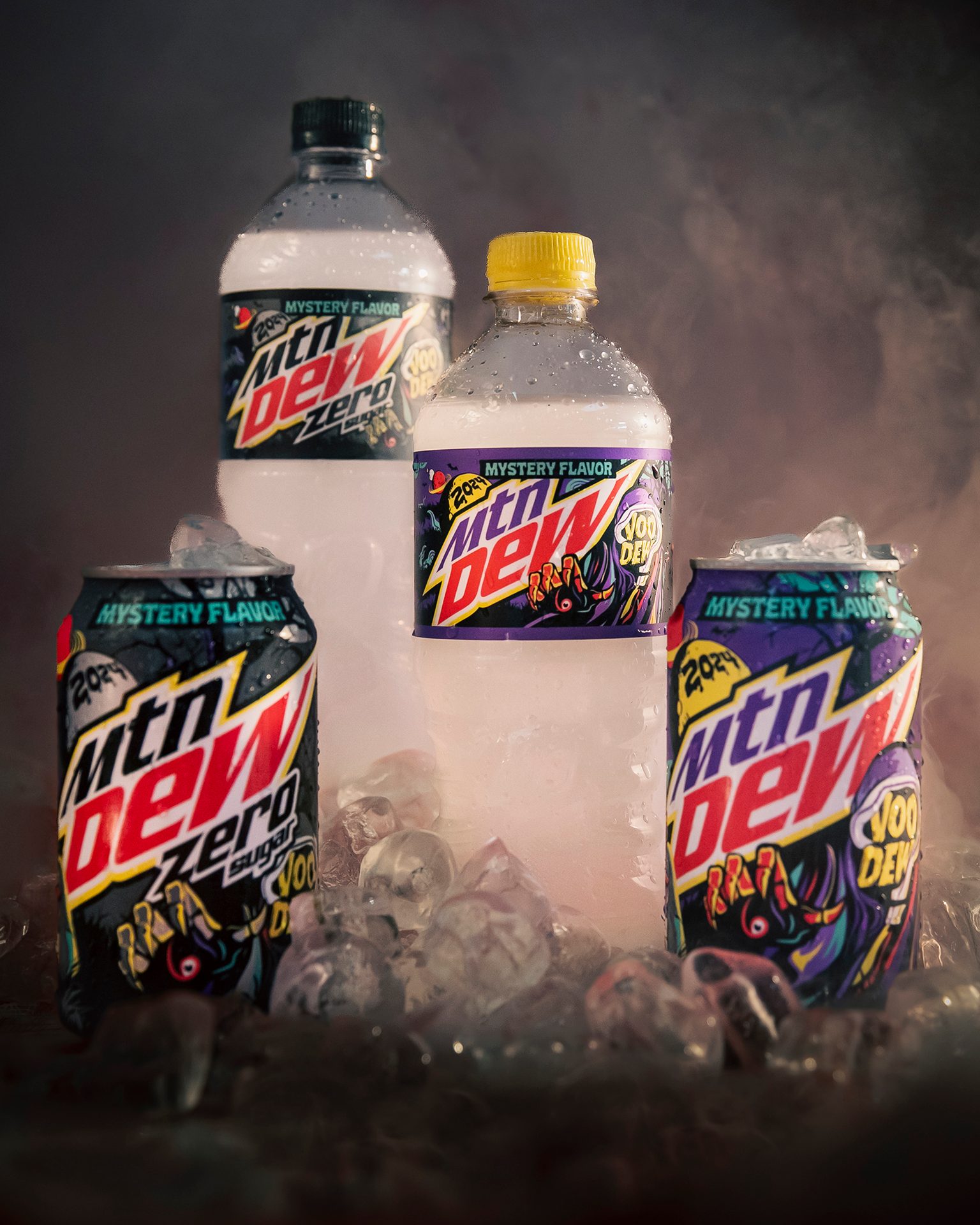Between Drinks
The who’s who of online wine shoppers
Although wine has been made all over the world for thousands of years, America’s winemaking started in the 1560s when the French Huguenots settled in what is now Jacksonville, Fla. From there, the American wine industry continued to grow as winemakers throughout the country continued their efforts. And, in 1799, America’s first commercial winery was established: First Vineyard, which operated until 1809.
Today, the United States is home to one of the biggest markets for wine production and consumption worldwide. According to Statista, Americans consumed approximately 34 million hectoliters of wine in 2022 — more than any other country in the world — putting the United States in a unique position in the global eCommerce industry for wine.
In its report titled “Wine e-commerce in the U.S. – statistics & facts,” Statista notes that the United States also boasts one of the most mature eCommerce markets in the world, with estimates showing that more than 38 million people were wine eCommerce users as of 2023.

(Image courtesy of Sonoma Cutrer)
“In fact, wine captured the highest eCommerce user penetration that year, suggesting that it could be the most lucrative and promising segment within alcohol eCommerce in the country,” the report states. “With an estimated 11% of the population buying wine online, eCommerce revenues in the U.S. wine industry more than doubled in recent years, increasing from a mere 1.4 billion U.S. dollars in 2017 to some 3.5 billion U.S. dollars in 2023.
“This impressive growth is due in large part to the impact of the COVID-19 pandemic on promoting the adoption of digital purchasing channels,” the report continues. “In fact, revenue growth in wine eCommerce peaked at 40.8% in 2020, confirming the hypothesis that the pandemic significantly propped up the industry.”
Still, the question remains whether online wine retailers stand a chance of survival post-pandemic.
According to a September 2024 insight from IWSR, the era of rapid growth in online wine might be over, with global wine eCommerce on a downward trajectory following a surge through the pandemic lockdowns.
“The proportion of wine purchasers online has decreased year-over-year following the surge through the pandemic lockdowns,” said Guy Wolfe, head of eCommerce insights at IWSR, in a statement. “Wine buyers have returned to the on-trade and physical retailers, while economic pressure has impacted non-essential spending.
“To protect market share, wine brand owners should ensure they have a good understanding of the types of consumers that are driving online wine growth,” Wolfe continued.
According to IWSR, millennial consumers — who are more frequent purchasers of wine in eCommerce and are less likely to be deterred from buying online — will be crucial to the future of the channel, particularly in emerging wine markets. However, demographics and consumption trends vary between countries, it notes.
“Markets with established wine consumption, such as Europe, Australia and the UK, tend to have an older online wine consumer base with a larger proportion of boomers and Gen X,” explained Richard Halstead, chief operating officer of consumer insights at IWSR. “In emerging wine markets such as China and Brazil, millennials and [legal drinking age] (LDA) Gen Z are the main online purchasers of wine.”
IWSR further notes that, in Australia, Italy, France, the UK and Spain, boomers and Gen X make up more than 60% of online wine purchasers; however, millennials and legal drinking aged Gen Z account for the majority of buyers in China (80%) and Brazil (64%). The United States sits in the middle, with 43% of online wine buyers being millennials.
“These demographic factors are crucial in determining the level of participation in wine eCommerce, as well as consumer behavior — including reasons for purchase, expectations around speed of delivery, and consumer journeys before making a purchase,” according to IWSR.
As to the reasons for purchasing wine online, markets with a relatively younger adult consumer base — including Brazil, China and the United States — show a higher frequency of purchase than other markets, and are driven by treat occasions and purchases for social and special occasions, typically with fast delivery, IWSR states.
Further, the devices and platforms used are impacting online wine purchases as well.
“Countries with a younger adult consumer base favor apps and handheld devices: in Brazil, 81% of online wine purchases are made using a smartphone or tablet; in China, the figure is 78%, and in the United States, 62%,” according to IWSR analysis. “These figures, however, drop in markets with older consumer bases such as Australia (45%), the UK (42%) and France (31%). This also reflects the more established sale of wine online via specialist websites and supermarkets in these countries.”
Moreover, IWSR notes that the contrast in consumer behavior extends to expectations around delivery times.
“A sense of urgency means that many online participants are happy to pay more for one-day delivery, particularly in countries with a younger consumer base,” it states. “However, older groups and markets with older consumer bases have less urgency — possibly because they are motivated by the need to stock up, rather than requiring wine for a specific occasion — and are less willing to pay extra.”
Aside from looking at online wine shoppers, when examining all online alcohol buyers in general, those who shop online spend significantly longer carrying out research prior to purchase than those who buy in brick-and-mortar retailers or in on-trade venues, according to IWSR.
“Boomers in many markets carry out less research than the average online shopper,” it states. Millennials, by contrast, tend to conduct more research, meanwhile the picture for Gen Z is somewhat varied according to country, it notes.
“Understanding such marked variations in consumer behavior and the need states of targeted consumers across markets is vital in order for brand owners to tailor their strategies and identify potential acquisition targets as growth in the channel plateaus,” IWSR’s Halstead added.
‘Have it All with All Day’
Founders Brewing Co., a brand of Mahou San Miguel, teamed up with Trinity Brand Group, a full-service brand strategy and creative agency, for a strategic relaunch of Founders’ All Day IPA. Trinity partnered with the Founders team to refresh the All Day look and feel, including a strategic update to the brand mark and packaging that brings storytelling and all-important shelf pop to the brand. Founders’ new Have it All with All Day campaign uses the brand’s iconic red canoe — long a recognizable visual equity — as the center of the campaign. In every setting the moment All Day is served the scene is transformed, the All Day canoe slides into frame and signals a level up from good times to great, the company says. The new look and feel represents the first significant redesign of the All Day IPA brand in 12 years, it notes. “Trinity helped us broaden the product story of All Day IPA beyond its sessionablity to a much bigger truth — that All Day delivers the best of ‘All’ worlds,” said Sandy Anaokar, chief marketing officer at Mahou USA, in a statement. “It’s flavorful like a great craft beer should be, but it won't fill you up or wreck your palate.”
An impactful treat
BLK & Bold, a social impact coffee brand, has teamed up with Ben & Jerry’s, yet again, to bring the one and only: Coffee Coffee BuzzBuzzBuzz flavor with a coffee refresh. Following the success of the Change Is Brewing collaboration, BLK & Bold and Ben & Jerry’s are back with Coffee Coffee BuzzBuzzBuzz, the ice cream flavor that originally debuted in 1996. A buzzworthy revamp — the heaping hunks of espresso bean fudge chunks consumers know and love are made using BLK & Bold’s ethically sourced coffee, the companies say. “We’re thrilled to introduce BLK & Bold coffee into the espresso fudge chunks in Coffee Coffee BuzzBuzzBuzz and fans can expect the same great flavor they know and love,” said Emily K. Smith, head of brand innovation at Ben & Jerry’s, in a statement. “Our shared commitment to values and social justice is what first brought BLK & Bold and Ben & Jerry’s together and we’re happy to expand that relationship with yet another delicious layer to the partnership.” Pernell Cezar, co-founder and CEO of BLK & Bold, added: “Continuing our work with Ben & Jerry’s means furthering our shared mission of making a tangible difference. Every scoop represents a step toward building stronger communities and creating meaningful impact together.”


Hennessy Limited Edition by LeBron James
Hennessy and basketball legend LeBron James unveiled Hennessy Limited Edition by LeBron James — a V.S bottle collaboration available globally. “As an admirer of Hennessy and its iconic brand, I’ve always appreciated its commitment to basketball and how it celebrates the sport’s influence on and off the court,” James said in a statement. “I was fortunate enough to visit the Maison in Cognac a while back, and seeing the care and craftsmanship that go into creating each bottle was pretty incredible. This collaboration represents a shared sense of dedication and discovery coming to life for everyone to enjoy.” The limited-edition bottle features fresh, vibrant and distinctive designs, which nod to James’ impact on and off the court. Both the bottle and gift box showcase an illustrative portrait of James in purple and orange. The iconic Hennessy Bras Armé is reimagined, sporting a sleeve as a tribute to James and intertwined with his trademark crown. The blend will remain the same and continue to deliver on the bold, yet smooth character that has made Hennessy V.S one of the most popular cognacs in the world, the company says. V.S is available in the United States, as well as in other markets. V.S.O.P is available only internationally and in select markets worldwide, it notes.

A recent study conducted by Coffeeness found that espresso is the most popular coffee drink in the United States, taking top spot in 28 states.
Based on an analysis of Google search data, according to the study, Latte follows espresso and is most popular in 14 states. Cappuccino comes in third, being preferred in 11 states.
“It’s worth noting that some states like more than one type of coffee drink,” said Arne Preuss, coffee expert at Coffeeness and author of the study. “For instance, Alabama, Nebraska, North Dakota and Connecticut have both cappuccino and latte as their favorites. Connecticut also prefers affogato, while Hawaii likes affogato and espresso.”
Notably, Louisiana is the only state that prefers cafe au lait, according to the study. Meanwhile, coffee drinkers in Georgia favor black coffee without cream or sugar.
81% of Americans are dining out once a month or more, with 39% dining out once a week or more.


